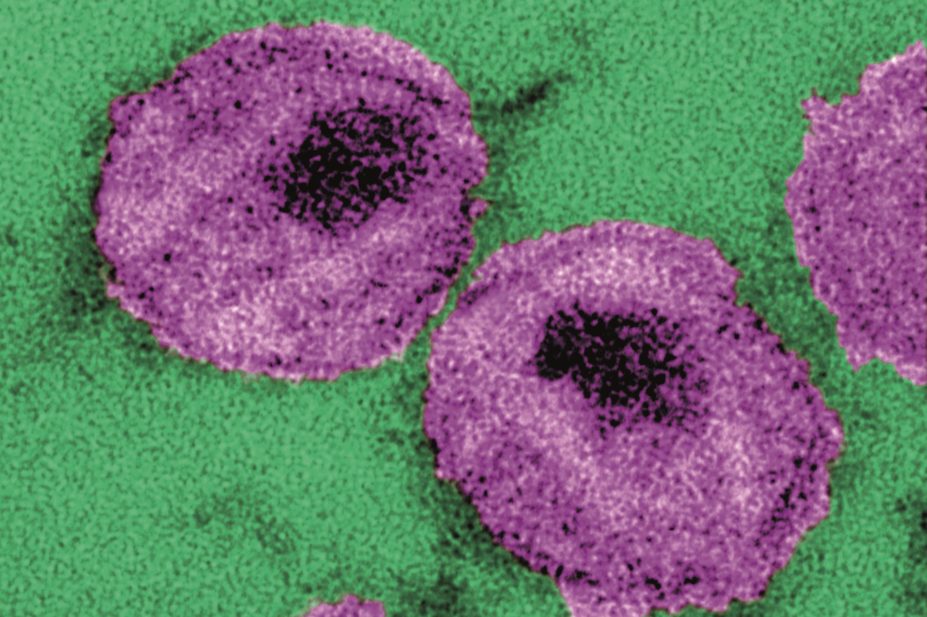
CDC / Dr. A. Harrison; Dr. P. Feorino
Pre-exposure prophylaxis is highly effective at reducing HIV transmission to people at high risk, such as men who have sex with men. But studies in high-risk women have produced mixed results.
To explore why, researchers from the University of North Carolina studied vaginal, cervical and colorectal tissue samples from 47 healthy women following the administration of tenofovir/emtricitabine at 50–200% of the standard treatment dose.
Tenofovir concentration was ten times higher in colorectal tissue than in vaginal or cervical tissue. Furthermore, levels of endogenous nucleotides, which can interfere with antiviral effectiveness, were also higher in the genital tract.
Subsequently, the researchers predict in the Journal of Infectious Diseases (online, 24 February 2016)[1]
that six out of seven daily doses are required for protection from HIV in the female genital tract compared with only two out of seven doses for colorectal tissue.
References
[1] Cottrell ML, Yang KH, Prince HMA, et al. A Translational Pharmacology Approach to Predicting HIV Pre-Exposure Prophylaxis Outcomes in Men and Women Using Tenofovir Disoproxil Fumarate ± Emtricitabine. Journal of Infectious Diseases 2016; doi: 10.1093/infdis/jiw077


